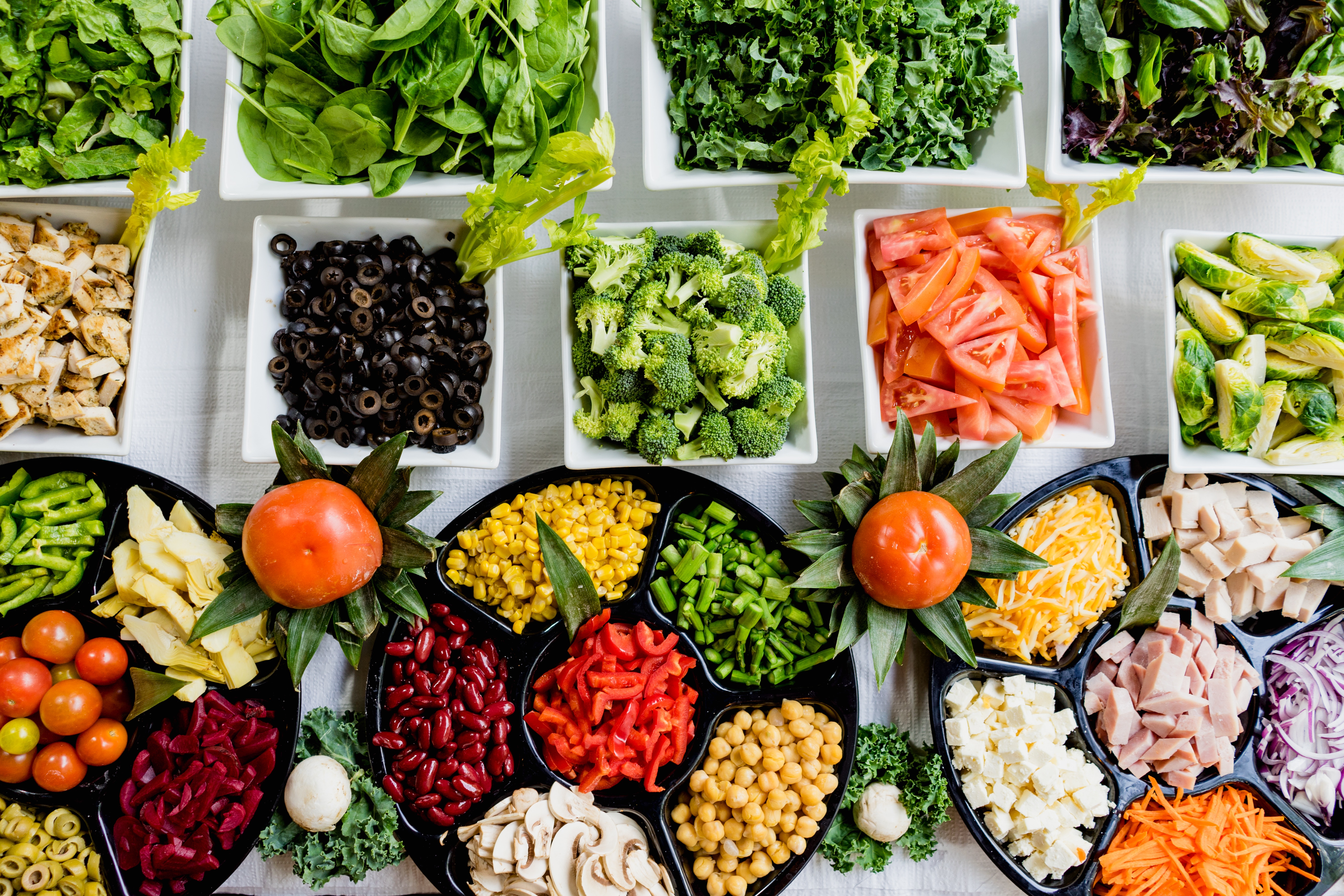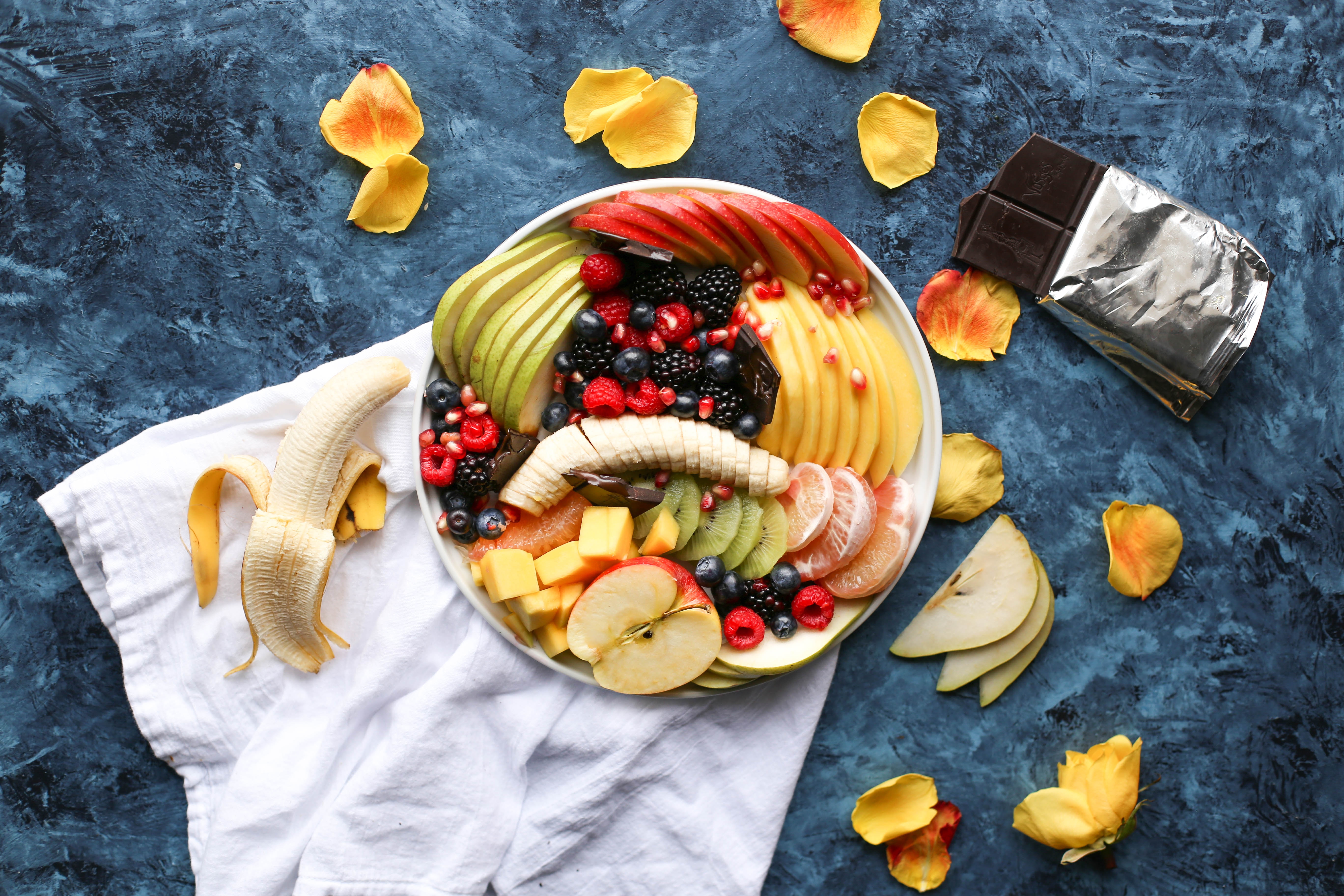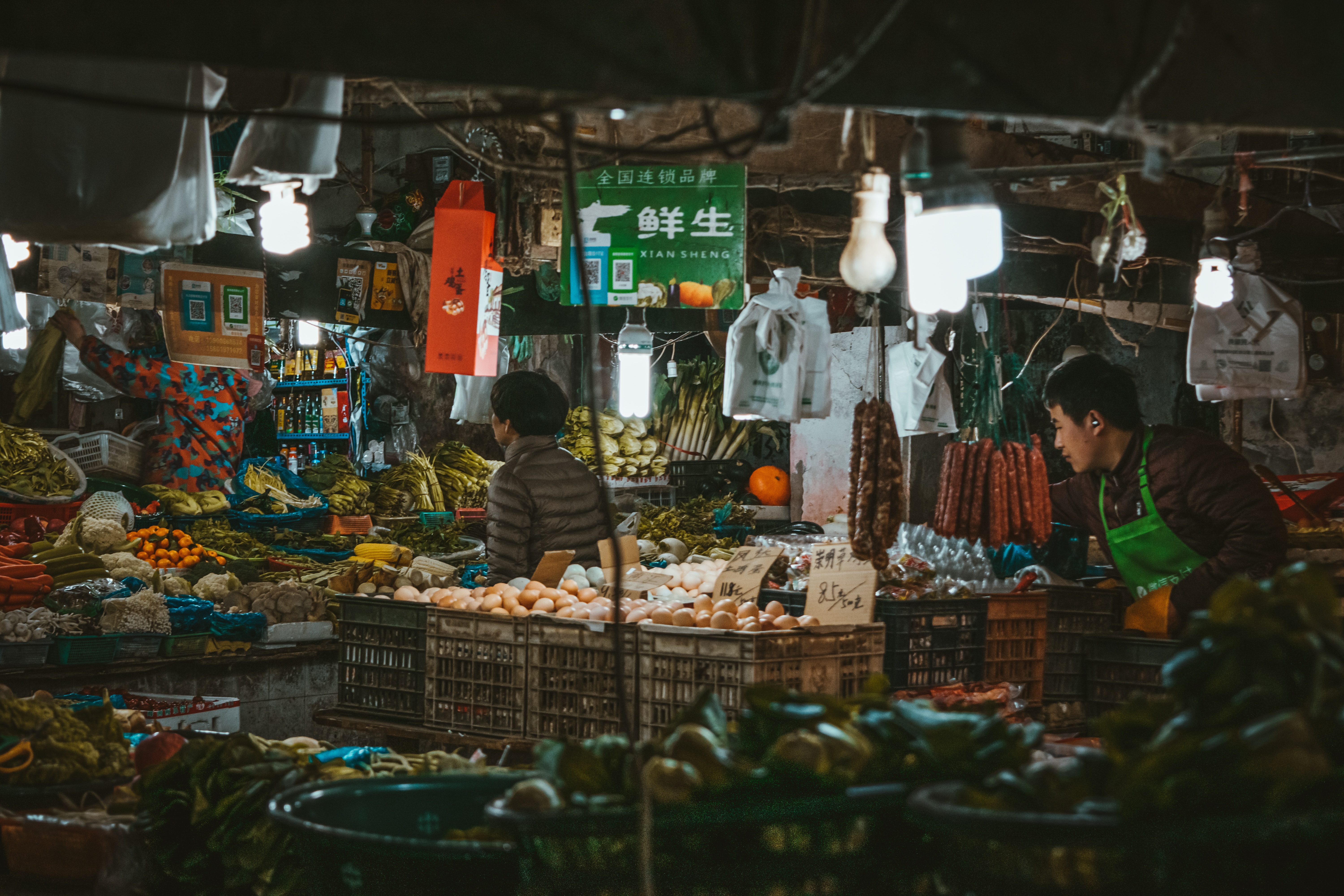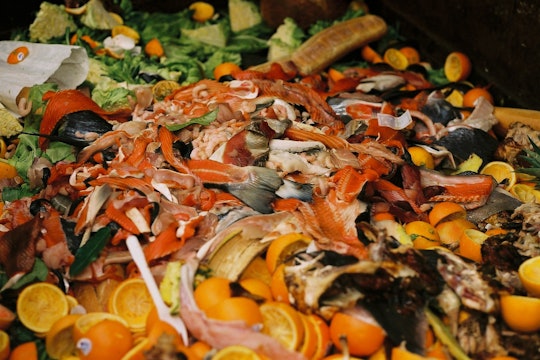40% of food in America ends up in the trash. Is nanopackaging the answer?
Consumer habits aren't enough to curb the impacts of food waste — packaging companies have the opportunity to make a big difference
It’s Sunday night and you decide to make a quick run to the grocery store. You grab five bananas — one for each breakfast of the work week. Then, at home, you immediately throw two of the bananas into the trash.
Who would buy fresh food and throw 40% of it away? Americans do, on average, every day. This 40% represents the overall rate of food waste in the United States. That amount of waste is the same whether you throw the bananas away immediately upon returning from the supermarket or let them brown and attract fruit flies next to the toaster. And the problem isn’t just at the consumer level; farmers, grocers, restaurants, and other businesses where food waste is rampant are huge contributors as well.
In the US, our inability to distribute food appropriately has far-reaching effects. While food spoils regularly during its processing, transportation, and storage, 37 million people — including more than 11 million children — struggle with hunger nationally. That’s 11.5% of all adults in the U.S. facing food insecurity, worrying about how they will afford enough food to get them through to payday or the next set of food stamps. Meanwhile the water, land, and energy invested at every step from seed to grocery shelf is wasted along with the spent food it produced. This food also makes up 15.1% of solid waste in households and therefore represents a significant fraction of the overall burden placed on local municipal waste management programs. Better packaging for certain foods that spoil quickly could save the day.

Food packaging is critical to extending its lifespan.
Packaging plays an important role in extending product lifespan. It provides protection from contaminants, such as moisture and bacteria, and blocks out environmental stressors, like light and oxygen. For example, canning has been a staple in food preservation for generations, allowing people to enjoy their summer harvests late into the winter months. As plastic packaging technology came onto the scene, it again increased the value of food substantially by making it last longer before spoiling, while reducing the high costs associated with the shipping and handling of heavy packaging materials such as glass. This then translated into increased profits for retailers and better food safety for consumers.
Recently, scientists have shown that microscopic pieces of a second material, such as clay or silver, can be integrated into plastic packaging films to enhance their antimicrobial or oxygen-blocking effects even more. These miniature team players are called nanoparticles because their size is on the nanometer scale. For reference, there are 25.4 million nanometers in one inch! Nanoparticles can be made by milling and grinding materials down to ultra-fine sizes or by building them up synthetically from atoms and molecules. Both manufacturing methods require an energy investment since the particles need to be created and then integrated into the main packaging material through additional processing steps.
Researchers at Purdue University were curious to know if the increase in food shelf life resulting from incorporation of nanoparticles into plastic packaging would offset the added energy and resources required to add the particles into the package design. They compared the relative energy costs of plastic packages with and without nanoparticles over their entire lifespan from creation to being thrown in the trash. Important to note is that they assumed the addition of the nanoparticles would not require any more or less plastic than the non-supplemented plastic packaging it would be replacing; essentially, increase or decrease of plastic use was not considered in this analysis. Although nanopackaging is already used in limited capacities for food packaging applications, with poly-nano composite materials available commercially through companies like AdvanSix, this was the first life cycle analysis of plastic food packaging enhanced with nanoparticles.

The increase or decrease of plastic use was not considered in this analysis.
By Brenda Godinez on Unsplash
In the study, published in Resources, Conservation and Recycling in 2019, the researchers studied how combinations of different types of nanoparticles and plastic packaging preserved apricots, tomato paste, orange juice, and cooked ham. The perishable foods selected for the analysis were chosen because they last longer when enclosed in a protective barrier like plastic. Jen-Yi Huang and their team at Purdue University focused primarily on clay and silver nanoparticles that provide a barrier against oxygen and microbial growth, respectively, two of the biggest factors for spoilage in conventional plastic packaging. They compiled data from previously published scientific literature and analyzed it to get a big picture understanding of the sustainability of the entire package – plastic, food, and nanomaterials, if included – over the course of its lifespan.
How consumers behave when food has an increased shelf life is the main driver in determining how sustainable nanopackaging could be – because if people keep throwing stuff away at the same rate no matter the shelf life, then it doesn't really matter what it’s packaged in. To evaluate food waste reduction, the researchers also surveyed about 1100 people from around West Lafayette, Indiana. The participants were asked to quantify their food waste baseline (how much food waste they currently produce) and answer questions about how their behavior might change in response to extended food shelf life. This part of the study was meant to capture how consumers might change their behavior if the foods they purchase stay fresh longer. While this type of study is a good start in terms of trying to quantify consumer behavior, it is important to keep in mind that consumer projections of their future behavior may not be representative of how they will actually act.
The scientists used this information to assess the environmental impacts of both nano-packaging materials and traditional food packaging systems. They quantified how much energy is required to make plastic packaging and then how much more energy was needed to manufacture and incorporate the nanoparticles into the plastic. They then compared how much longer foods stayed fresh with the nanoparticle-enhanced plastic package and how much food waste was avoided by its use.
They noted that a modest one to three day increase in shelf life is enough to offset the energy investment required to add the nanoparticles. The results suggest that using nano-packaging can lessen the net environmental demand of the overall food supply chain, with the most drastic impact reduction corresponding to the preservation of meat and other expensive, resource-exhaustive commodities.
So could we extend nanopackaging technology to materials like metal and glass? The short answer is that it likely wouldn't be a smart use of resources. Aluminum cans and glass bottles are already impervious to gases, so the role of nanoparticles to slow oxygen diffusion is redundant. Likewise, these classic preservation methods have relied on their ability to protect from microbial growth by forming an impermeable barrier between the perishable food and outside contamination with the help of heat and pressure. Metal and glass are recyclable and reliable but expensive to produce and ship. Plastic has its own drawbacks but fills a void in the packaging industry by being flexible, lightweight, and relatively inexpensive. It can also be combined with paper in composite materials such that nanopackaging could have potential for applications like milk cartons and instant oatmeal packets.

More research needs to be done to verify the safety of nanoparticles before the use of nano-packaging becomes widespread
Photo by Max van den Oetelaar on Unsplash
The investigators note that more research needs to be done to verify the safety of nanoparticles – both to people and the environment – before the use of nano-packaging becomes widespread. In a push for commercialization, several types of nanoparticles for food packaging applications have already been patented.
However, the research on how safe these particles are is lagging behind commercial implementation. The FDA has made non-binding recommendations on use of nanopackaging but more robust scientific safety studies are crucial as nanomaterials claim increasing presence in the packaging market. One could also argue that continuing to use plastic packaging at all has a negative environmental impact, calling for additional scientific scrutiny over whether nanopackaging is indeed a long term solution. The dilemma of how to address both plastic pollution and food waste as we move forward as a society is indeed nuanced and riddled with competing motivations.
For now, consumers can reduce their personal food waste by making smaller, more frequent produce purchases and finding creative ways to use food that might otherwise go bad.






The thing about plastic is - it’s brilliant! This is why we use so much of it. It can be flexible, unless we don’t want it to be. It can be very strong, unless we want it to break easily. It can be transparent, which lets us see the food we’re buying. And it is very lightweight - replacing a plastic bottle with a glass one means you use a lot more fuel in transport, and your carbon emissions go way up as a result. The overall sustainability or environmental impact of these different materials is very complex.
Plastic materials with innate anti-microbial properties sound ideal for food packaging, and I’m happy to see from this article that researchers are starting to ask about public perception - will longer shelf-lives actually reduce food wastage in the home? I would like to see an analysis with a longer term perspective that discusses the eventual fate of the anti-microbial plastics - what impact will they have on environmental microbiota if their ultimate fate is e.g. soil or water environments?